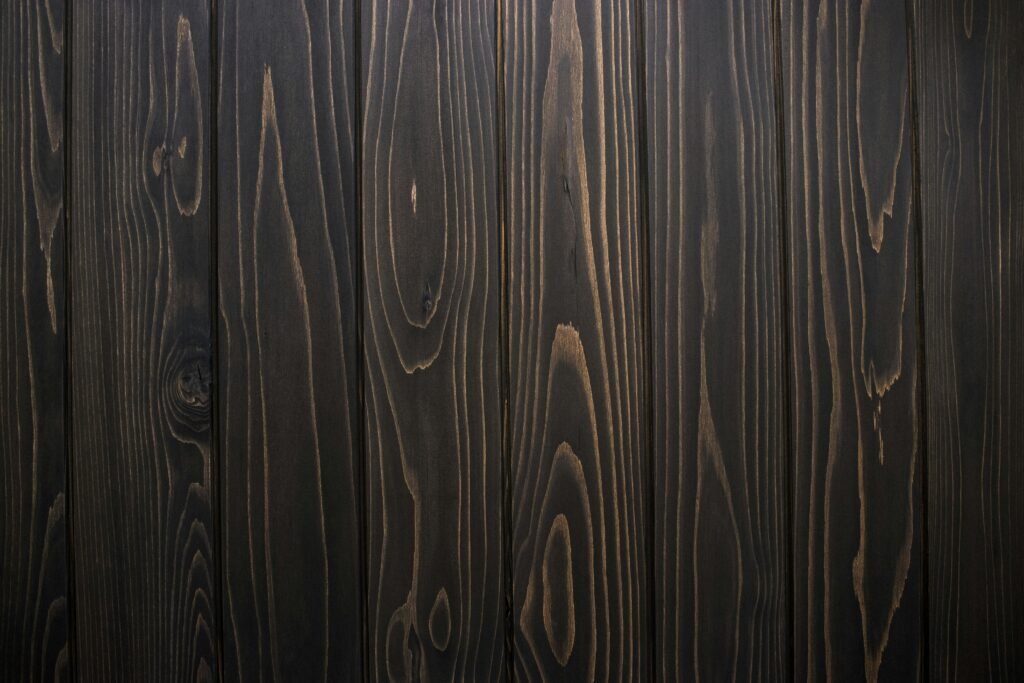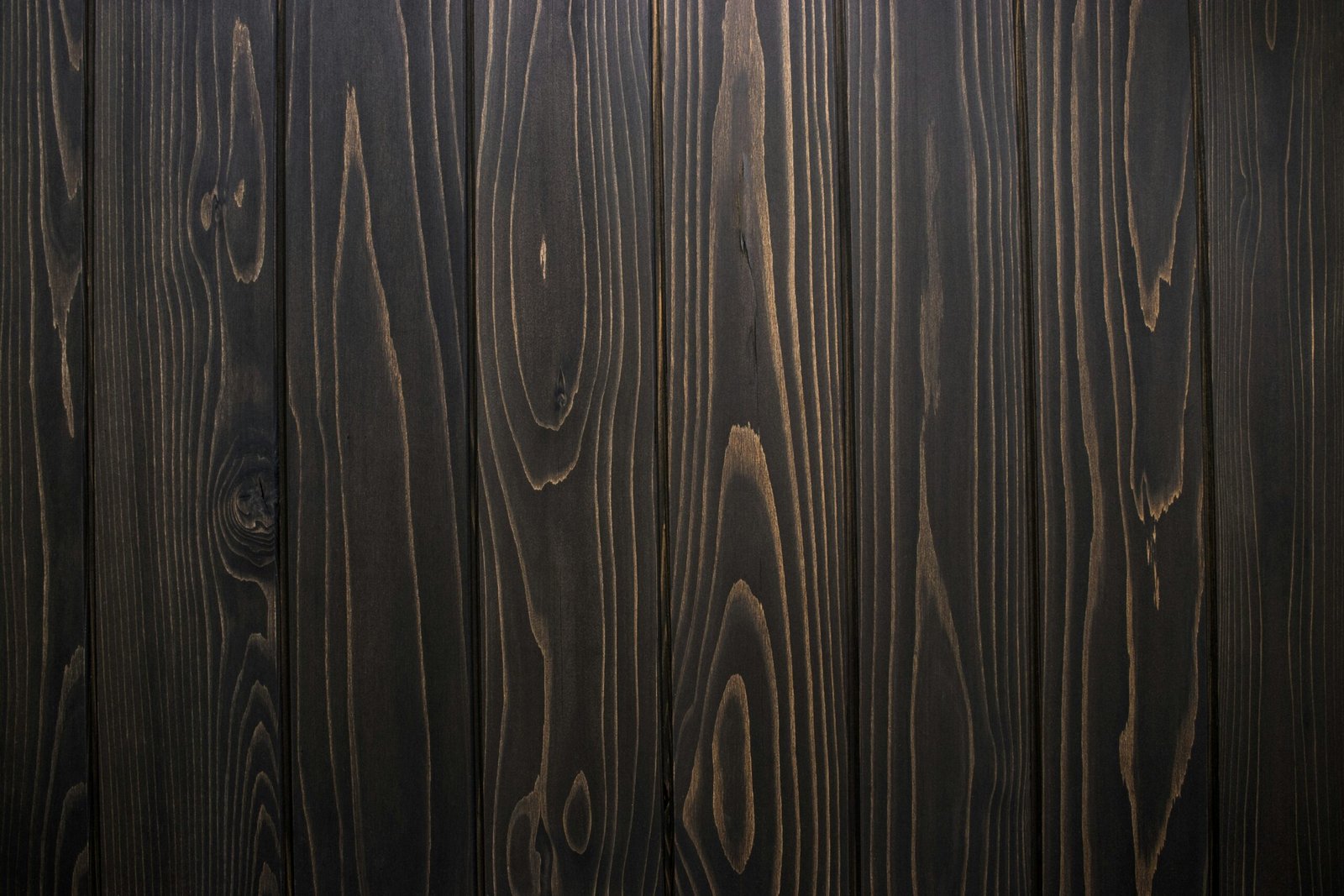When it comes to buying wood crates, there are several key factors that you should consider. The quality of the wood, the size and capacity of the crate, its durability, and its overall design are all crucial aspects to evaluate before making a purchase. These factors will not only ensure that you find the perfect wood crate for your specific needs, but they will also help you make a wise investment that will last for years to come. So before you make a decision, take the time to assess these top factors and choose a wood crate that meets all your requirements. Wood crates are a popular packaging option due to their strength, durability, and aesthetic appeal. Whether you need to transport fragile items or store belongings, finding the right wood crate is crucial. This article will guide you through the key factors to consider when purchasing wood crates, ensuring that you make an informed decision.
Material
Type of wood
The type of wood used to construct a crate plays a significant role in its quality and durability. Commonly used woods include pine, oak, and plywood. Each type has its own strengths and weaknesses, so it’s essential to consider your specific needs. Pine is a popular choice due to its affordability and versatility, while oak offers superior strength and durability. Plywood, on the other hand, is known for its exceptional resistance to moisture and warping.
Wood quality
When evaluating the wood quality, consider factors such as grain pattern, density, and overall finish. A crate made from high-quality wood will not only be more aesthetically pleasing but also have a longer lifespan. Look for crates with even grain patterns and minimal knots or imperfections, as these can weaken the structure. Additionally, a smooth finish will minimize the risk of splinters or rough edges, ensuring the safety of your items.
Size
Internal dimensions
The internal dimensions of the wood crate are crucial to ensure a proper fit for your items. Measure the dimensions of the objects you intend to store or transport and choose a crate with ample space. It’s essential to leave some room for padding material, especially if you are shipping delicate or fragile items. The internal dimensions should not only accommodate your belongings but also allow for ease of access and efficient organization.
External dimensions
Consider the external dimensions of a wood crate to ensure it fits within your available space. Whether you plan to stack the crates or store them in a specific area, knowing the external dimensions is vital for logistical reasons. Additionally, be mindful of any height restrictions, such as doorways or vehicle cargo holds, to avoid difficulties during transportation or storage.

This image is property of images.unsplash.com.
Weight Capacity
Load-bearing capacity
The load-bearing capacity of a wood crate refers to the maximum weight it can support without compromising its structural integrity. It is crucial to assess the weight of your items and select a crate that can handle the load. Overloading a crate can result in damage to both the crate and its contents. Consider factors such as the intended use of the crate, the weight distribution of the items, and any additional stress the crate may endure during transportation.
Weight of the crate itself
While evaluating weight capacity, do not forget to consider the weight of the crate itself. This is especially important if you plan to transport the crates frequently or if weight is a crucial factor for shipping costs. A lightweight crate will be easier to handle and maneuver, reducing the risk of injuries and saving you money on transportation expenses.
Durability
Strength and sturdiness
Durability is of utmost importance when selecting a wood crate. You want a crate that can withstand the rigors of transportation, handling, and storage without incurring damage. Look for crates with sturdy construction, reinforced corners, and strong joints. A well-built crate will be less prone to warping, cracking, or collapsing under heavy loads. Assess the overall stability of the crate by examining the thickness of the wood and the quality of the construction.
Resistance to moisture and pests
Wood crates can be vulnerable to moisture damage and pest infestations. To ensure the longevity of your crate, consider its resistance to these elements. Look for crates that have been treated with appropriate coatings or finishes to protect against moisture. Additionally, consider if the crate is designed to deter pests and insects, as these can cause significant damage. Investing in a crate with adequate protection will help preserve both your items and the crate itself.

This image is property of images.unsplash.com.
Design and Construction
Functionality
Consider the functionality of the wood crate in relation to how you plan to use it. Some crates may come with features such as removable lids, collapsible sides, or stackable designs for easy storage and efficient use of space. Evaluate your specific needs and choose a crate that offers the functionality required for your intended purpose.
Joinery type
The joinery type refers to the method used to connect the wood members of the crate. Common types of joinery include butt joints, dovetail joints, and mortise and tenon joints. While all these techniques can offer adequate strength, dovetail and mortise and tenon joints are known for their superior durability and stability. Investing in a crate with robust joinery will ensure that it can withstand the stresses of transportation and handling.
Hardware and reinforcements
Assess the hardware and reinforcements used in the construction of the wood crate. Look for sturdy handles or grips that provide a secure hold for lifting and carrying. Additionally, examine the reinforcements, such as metal corner brackets or straps, that add extra strength and stability to the crate. These features contribute to the overall durability and longevity of the crate, allowing it to withstand frequent use and potential impacts.
Ease of Handling
Handles and grips
A wood crate should be designed with handles or grips that offer a comfortable and secure grip for easy handling. Opt for crates with ergonomically designed handles that reduce strain on your hands and ensure a firm grip. Consider the weight of the crate as well, as a lighter crate will be easier to lift and carry. Prioritize crates that offer convenience in terms of handling, minimizing the risk of accidents or injuries.
Weight distribution
The weight distribution within a wood crate is crucial for both ease of handling and overall stability. Ensure that the weight is evenly distributed to prevent any imbalances or tipping during transportation. Uneven weight distribution can not only make the crate more difficult to handle but also increase the risk of damages to the items inside. Consider organizing the contents of the crate in a way that optimizes weight distribution and enhances stability.

This image is property of images.unsplash.com.
Safety Features
Smooth and splinter-free surfaces
To ensure the safety of your items and anyone handling the wood crate, it is important to choose a crate with smooth and splinter-free surfaces. Rough edges or splinters can pose a risk to both objects and individuals, causing scratches or injuries. Prioritize crates with well-sanded surfaces and rounded edges to minimize the chances of accidents and damages.
Secure latches or locks
If security is a concern, consider crates that come with secure latches or locks. These additional safety features will prevent unauthorized access to the crate’s contents during transportation or while in storage. Secure latches or locks provide peace of mind, particularly if you are shipping valuable or confidential items.
Environmental Considerations
Sustainability
When purchasing wood crates, it is important to consider their environmental impact. Opt for crates made from sustainably sourced wood to minimize deforestation and promote responsible forestry practices. Choosing crates that are FSC certified or comply with other eco-friendly standards ensures that you are supporting environmentally conscious companies.
Certifications
Look for wood crates that have relevant certifications, such as the International Standards for Phytosanitary Measures (ISPM 15) certification. This certification ensures that the crates have been properly treated to prevent the spread of pests and diseases in international trade. Compliance with such certifications guarantees that your wood crates meet industry standards and regulations.
Price
Affordability
While considering the above factors, it is essential to factor in the affordability of the wood crates. Determine your budget and compare prices from different suppliers. Keep in mind that the cheapest option may not always be the best in terms of quality and durability. Look for a balance between cost and value, ensuring that you are getting a high-quality wood crate that meets your needs within your budget.
Value for money
When evaluating the price of a wood crate, consider the overall value you will be receiving. Assess the quality, durability, and functionality of the crate in relation to its price. A higher-priced crate may offer superior features or a longer lifespan, making it a better long-term investment. Focus on the value you will receive rather than solely considering the initial cost of the crate.
Customer Reviews
Feedback from other buyers
To gain insight into the quality, durability, and overall user experience of a wood crate, it is essential to read customer reviews. These reviews will provide you with firsthand accounts of other buyers’ experiences with the crates you are considering. Look for patterns or common issues mentioned in the reviews to make an informed decision.
Ratings and recommendations
Alongside customer reviews, consider the ratings and recommendations given to specific wood crates. These can be found on various platforms, including online marketplaces and industry websites. High ratings and positive recommendations indicate a reliable and satisfactory product, giving you an additional level of confidence in your purchase decision.
In conclusion, when purchasing wood crates, thoroughly evaluating the material, size, weight capacity, durability, design, ease of handling, safety features, environmental considerations, price, and customer reviews will ensure that you make a well-informed decision. By considering these key factors, you can choose a wood crate that perfectly suits your needs in terms of strength, durability, functionality, safety, and environmental responsibility. Remember, investing in a high-quality wood crate will not only protect your items effectively but also save you money in the long run.
